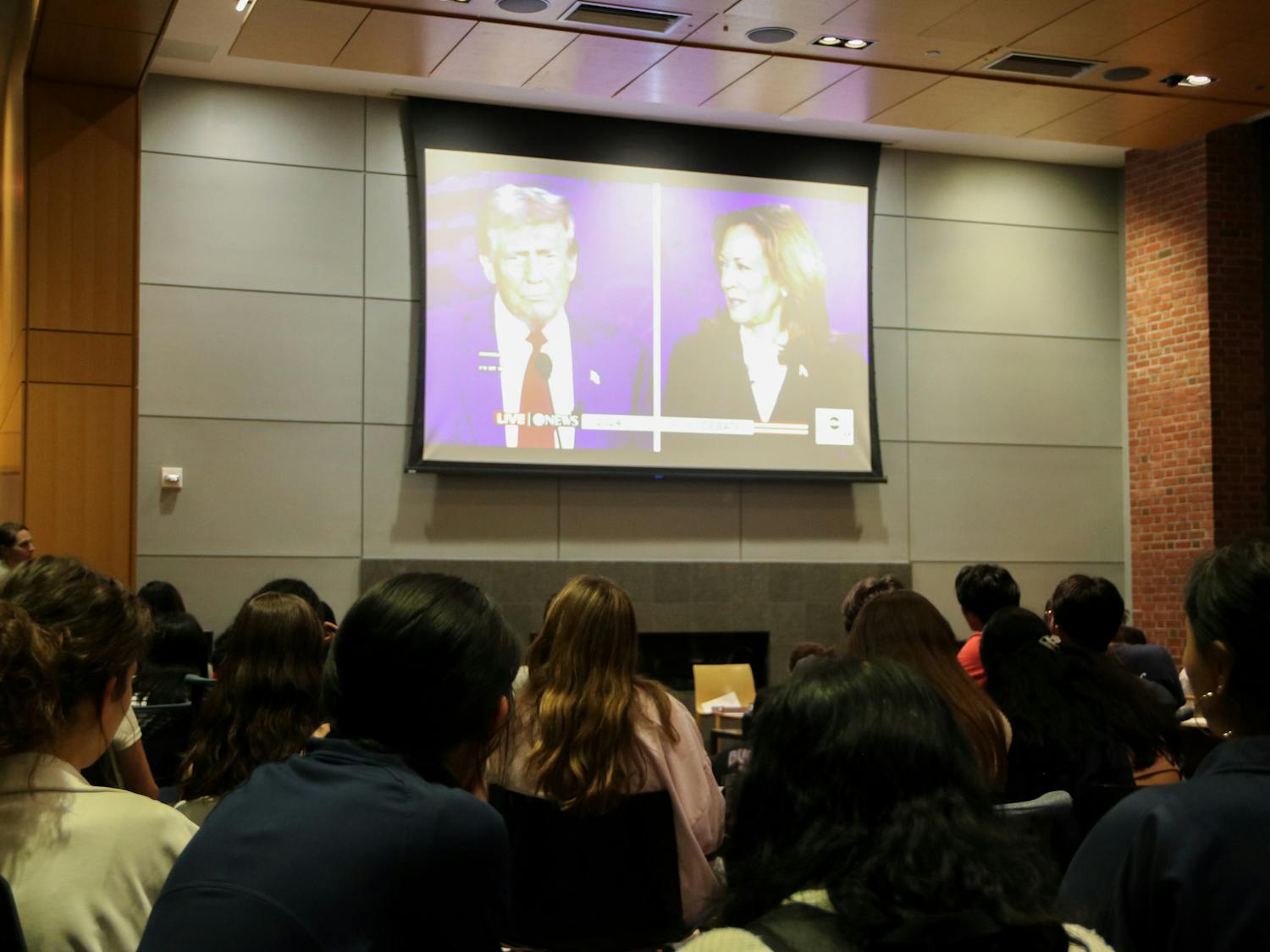Many Penn students on dining plans, particularly first-year and transfer students who are required to join a plan, find they have leftover meal swipes at the end of each semester. Students can end up losing a significant amount of money in end-of-semester swipe conversions – a period during which students may exchange a limited number of swipes for dining dollars at a rate well below their value – in an attempt to remedy their situation. This is why many students choose not to sign up for dining plans after their first year.
Penn Dining should make meal swipes more useful to students by accepting them in more locations and letting them roll over from semester to semester. Current plans fail to meet student needs because they provide too many swipes and not enough locations to use them, have limited options for swipe conversion, and do not provide the same flexibility as compared to other universities.
Many dining plan holders continually cite an excess of meal swipes compared to dining dollars. This applies even to first-years who have the Best Food Fit plan, the option available to them with the least amount of swipes. Part of the issue stems from the fact that there are limited locations that accept meal swipes on campus. Meal swipes are accepted at Penn’s five dining halls, as well as through the Meal Exchange program, which lets students purchase a bundle of to-go items from Gourmet Grocer or Lauder College House retail. However, many popular campus eateries, including Houston Market and Micro Market, do not accept meal swipes. If meal swipes were accepted in these locations, students would have greater opportunity to use them and would not be left with so many at the end of the semester.
Unlike Dining Dollars, extra meal swipes do not roll over from one semester to the next, further limiting flexibility. While Penn Dining offers an option for students to convert swipes to Dining Dollars each semester, this conversion program faces its own issues. Last spring, students received only 4.87 Dining Dollars per meal swipe through conversion, but each swipe costs $15-17 when the full cost of a dining plan is factored in. Additionally, students last spring were able to convert only 30 swipes and that was only if they signed up for a dining plan for the following year. The requirement for future dining plan registration places a further barrier to students who wish to use up their remaining swipes, particularly because Student Registration and Financial Services estimate eating off campus can save students over $800.
Penn Dining has made recent efforts to expand options for using swipes through its Green2Go and Meal Exchange initiatives, as well as a new program where students can use one swipe for a whole cake. While these initiatives are a step in the right direction, they are not enough to meet students' needs. A whole cake is a nice treat once in a while, but it is not a sustainable use of swipes for students throughout the semester, and it is no replacement for a meal.
Other schools have found alternative ways to offer flexibility in their student dining plans. Drexel offers Dragon Dollars, a form of university currency accepted by many places off campus — including many Penn student favorites such as Sabrina’s Cafe and Shake Shack. If Penn Dining wants upperclassmen to opt into dining plans, it must make further strides in offering dining plans that make sense for students to use.
Editorials represent the majority view of members of The Daily Pennsylvanian, Inc. Editorial Board, which meets regularly to discuss issues relevant to Penn's campus. Participants in these meetings are not involved in the reporting of articles on related topics.
SEE MORE FROM THE DAILY PENNSYLVANIAN EDITORIAL BOARD:
International and LPS students deserve need-blind admissions
Greek life gives students a social outlet. Penn's clubs should learn from this









